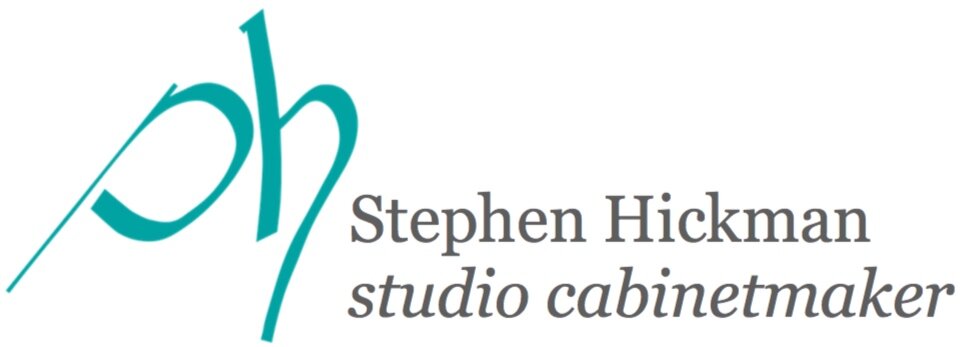Square peg, square hole
The mortice-and-tenon is one of the mainstays of joinery, and glues up smart and very secure. Two variants on this joint finished our hand-tools projects.
In the first variation, a 'T' join, a tenon (rectangular peg) is pushed into a slightly tapered mortice (rectangular hole). During the glue-up, two wedges are knocked into slots into the tenon to widen it slightly and wedge it into place. This is in incredibly strong joint - the rest of the wood will probably break before the joinery fails. Done well, it also looks neat and proportioned.
The second task to use this type of join is the mallet. This is called a through tenon, where the tenon projects, not surprisingly, through the mortice. Friction, and the fact that the handle is slightly tapered, holds the tenon in place.
To make the first mortice, we removed most of the stock with three or four drilled holes, and then we used a chisel to finish cutting it all out. To make the larger mortice in the mallet head, we used a machine - a morticer. This is very much like a pillar drill, but surrounding the drill bit is four sharp points and square edges, so it drills out a square hole! What is this witchcraft? A drill that can drill a square hole - what will they think of next?
But what is all this using machines - isn't this supposed to be handmade furniture? Perhaps there is some poetic beauty of a man standing at a bench, chiselling out a perfectly tapered hole. But the morticer typifies the approach at Rowden. It removed most of the stock accurate and quickly, allowing us to bring it back into the benchroom and use the chisels to neaten up the edges. The machines do the heavy work, the handtools do the fine work. The best of the machines and the best of the bench. That is what we're aiming for.
-sh
